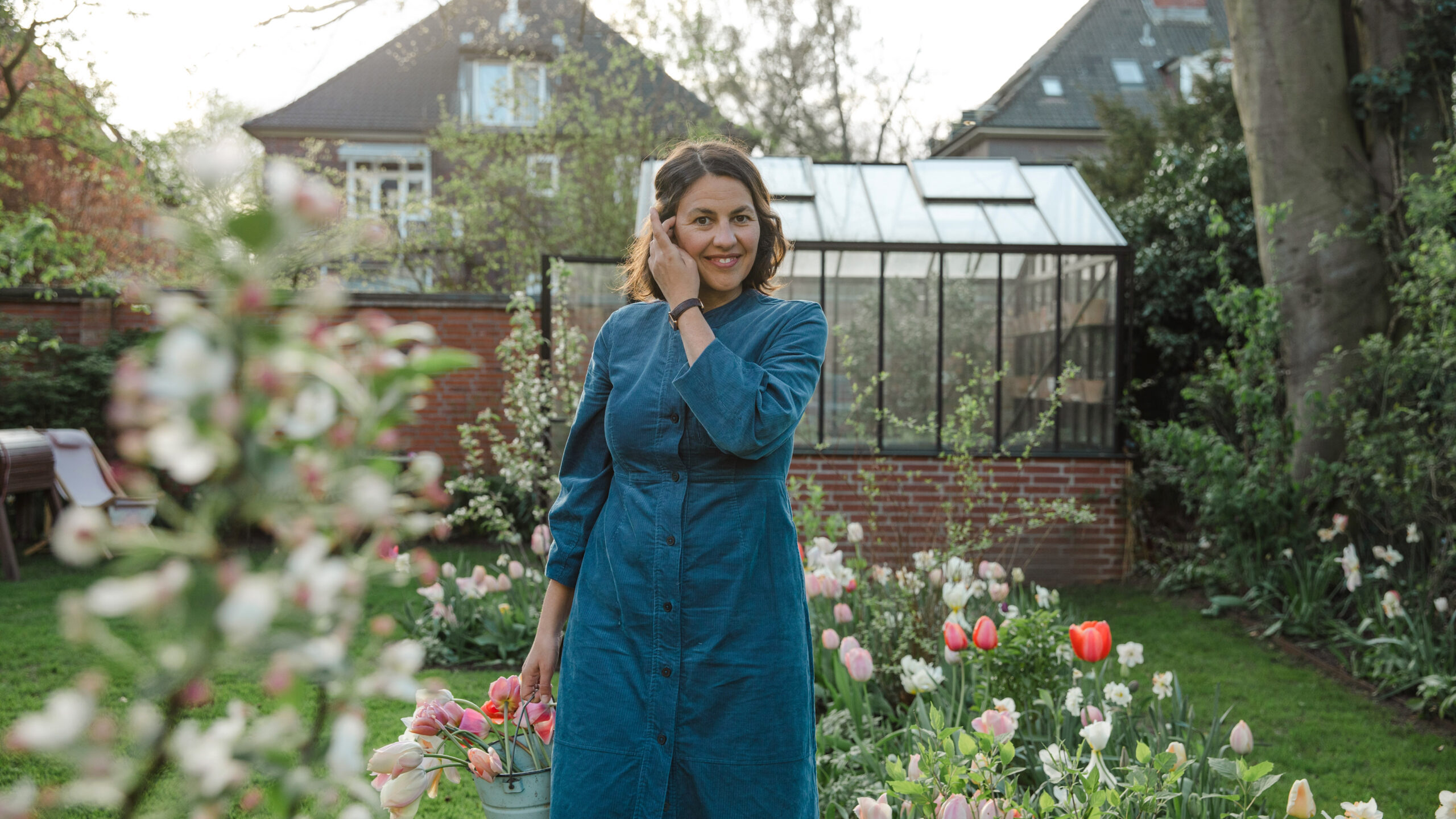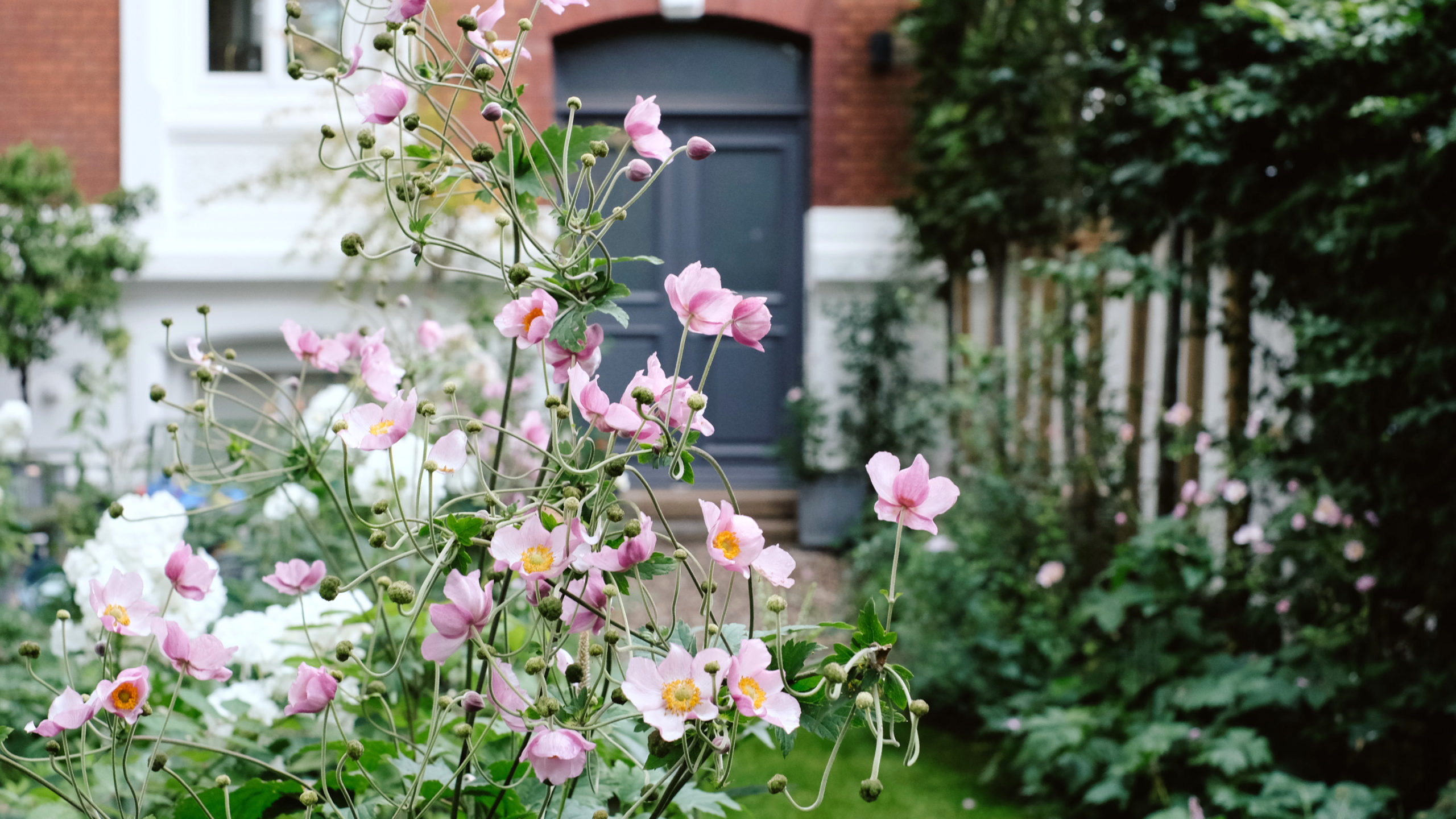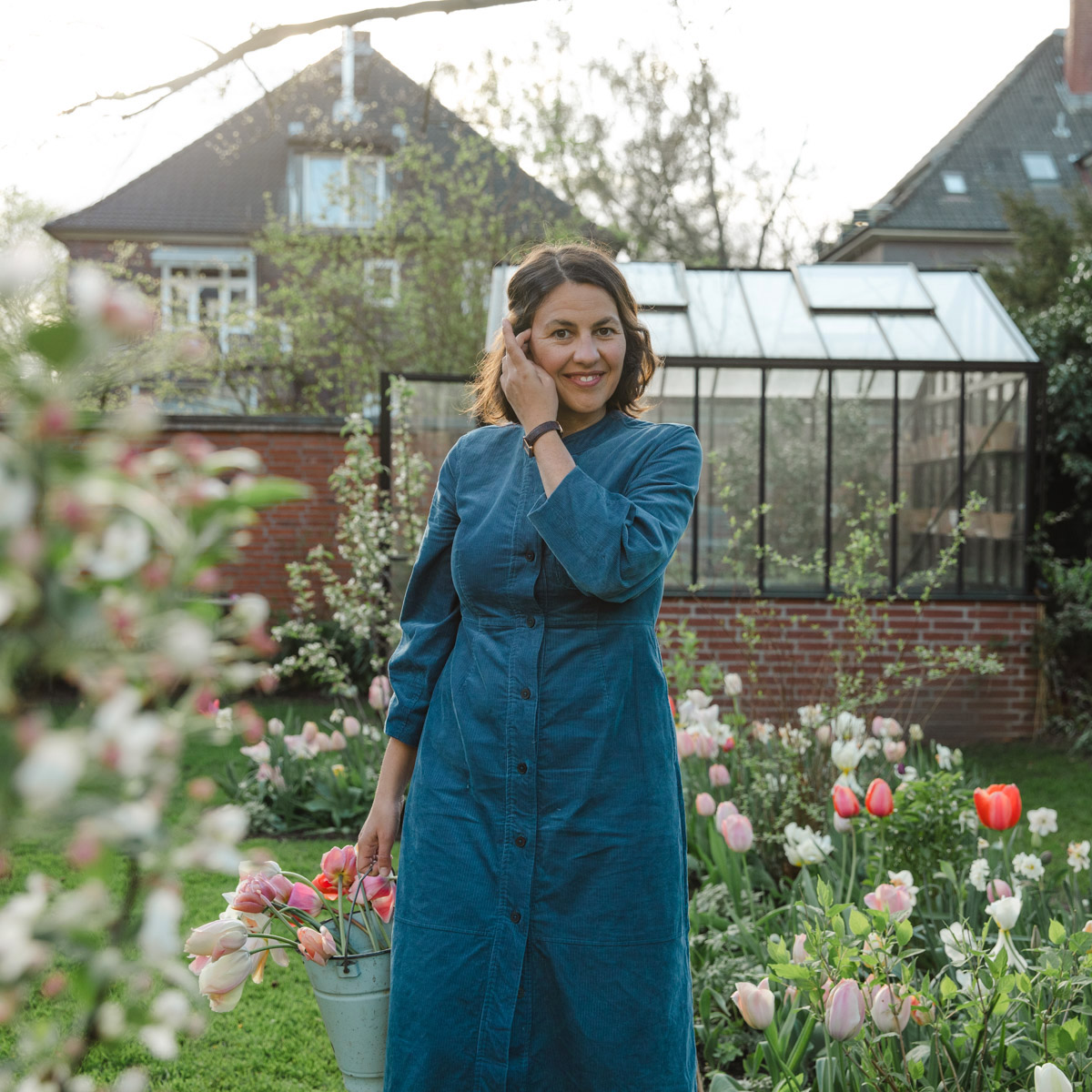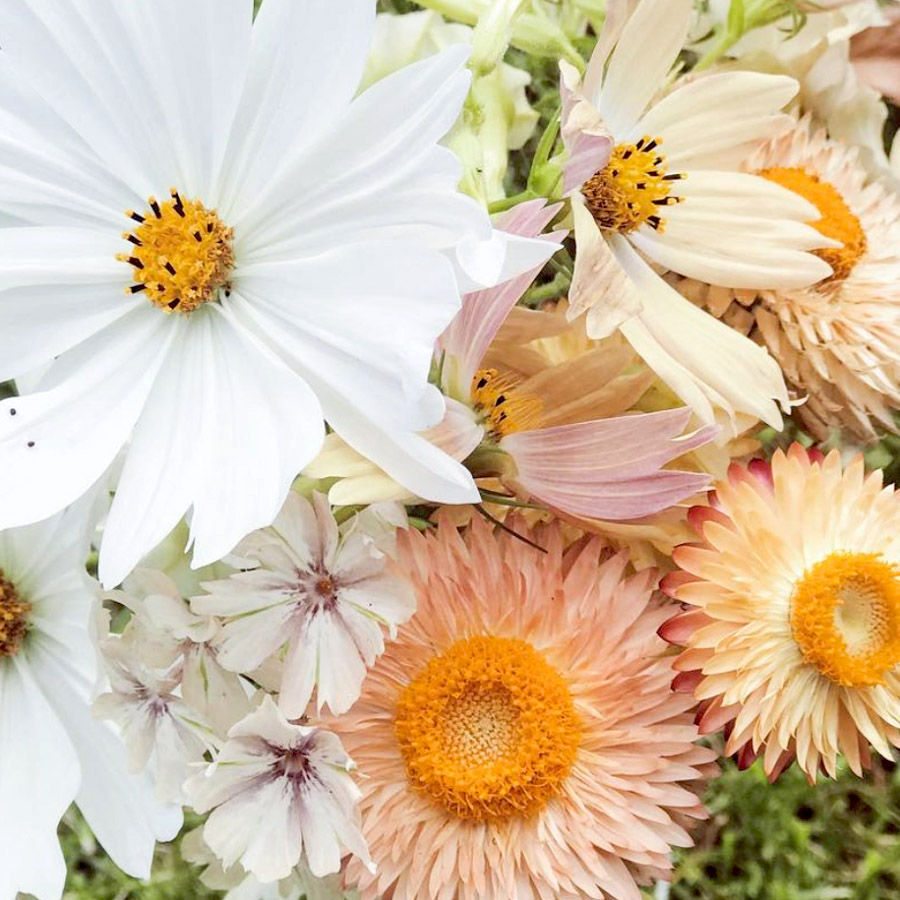
Low-maintenance garden: My personal 10 tips for a stress-free garden paradise
What I do differently in my Hamburg garden to enjoy more and work less
When I started gardening around 15 years ago, I had a lot of time to pursue this new hobby with great passion. I didn’t have any children yet and I was able to spend hours at the weekend digging in the garden with my husband, cutting bushes, laying paths etc. without interruption. Sometimes we both worked until we were exhausted and I even found it difficult to hold a glass of wine in my hand in the evening.
A few years later, things looked very different. With a baby and a needy toddler always at my side, and my new business on my mind, I usually couldn’t manage 20 minutes of gardening at the weekend.
Sometimes that plunged me into crises because I thought: I want to inspire you to become gardeners and I can hardly manage to look after my plants myself. The solution was to get help from time to time (you have to be that honest) and to have a low-maintenance design in mind for my newly created small garden in Hamburg.
Here are my tips for you, all of which I took into account in Hamburg. Some of them will be familiar to you, but you might also find some inspiration.
My 10 best tips for low-maintenance gardens, here we go:
1. Lawn edging!
In Potsdam, I always cut them off with a lawn edger in the British style so that the lawn didn’t grow into the bed. Quite a job that had to be done a few times a year. I saved myself the trouble in Hamburg and installed lawn edging made of Corten steel. They are not visible at all (that was important to me) and separate the beds and lawn perfectly!

2. Right plant, right place
The site conditions must match the characteristics of the plant. Everyone knows this, especially I should know this, and yet I still let myself be tempted to plant beautiful, moisture-loving Astrantias in a very shady and dry bed. Don’t make the same mistake and be a bit more consistent than me. It saves a lot of work and water.
3. Border lawn areas and replace with perennials
This is no longer a secret either: 1 m² of lawn is much more work per year than 1 m² of perennials. I don’t need to tell you what looks better, do I? Especially now I see it: after three years the perennials are huge, there is no weed in the garden, only flowers to enjoy. The only job: a little compost and horn meal as food and cut them down next spring. Really good, isn’t it?

4. Plant perennials densely
I usually plant perennials a little denser than indicated. I am impatient and want the bed to become dense quickly. The decisive advantage: when beautiful perennials are planted close together, weeds don’t stand a chance and the soil stays moist for much longer.
5. Create playgrounds!
In stately gardens, a playground was the name given to the garden area close to the house or palace, with spectacular planting. Further back in the garden, the plants became easier to care for. I do the same: the somewhat elaborate annual summer flowers, the dahlias or ranunculus are planted right next to the house. In the places we walk past every day or see when we sit on the patio. All the other beds are planted with low-maintenance perennials and shrubs.
6. The easiest plants to care for ….
… are robust, flowering shrubs (in my opinion). They bring an abundance to the garden incredibly quickly, are usually not very susceptible to pests and hardly need to be watered even in dry conditions (if they are well rooted). Their flowering period is not long, but nevertheless beautiful. If you don’t have time, at least plant these! My favourites: kolkwitzia amabilis, unfilled jasmine, weigelia, crab apple and hydrangea.
7. No frills in the garden
There are certain things that are simply always work and that I would never do without. Of course, it’s a matter of taste, but I would never create an artificial pond, for example. Most of the ponds I know are completely silted up after a while or require an enormous amount of maintenance. A lot of pruning also means a lot of work. And unless you have a real soft spot for roses, stayThey really need a lot of care as they are extremely susceptible to pests. Wild roses are of course an exception, but I have almost always had bad experiences with cultivated roses. No plant in my garden has ever had five problems at once, except for my roses.

8. Bark humus as mulch
Mulching is always a wonderful tip, but I don’t like the look of most mulch materials. I simply don’t want to see chopped wood between my perennials. What works well and also looks great is bark humus (note: not bark mulch! Mulch is rather harmful for perennials). The moisture stays in the soil for longer, it works wonderfully as a gentle fertiliser and also suppresses weeds a little.
9. Plant more ground cover plants
The advantages of so-called ground cover plants are obvious: they reliably prevent weeds and bring a good horizontal fullness to the garden. A must, especially in the front of the bed. I personally don’t like classic ground covers such as ivy or epimediums. They are too low for me, not wild enough and always remind me of cemetery plantings. There are better alternatives! Geranium varieties are particularly recommended. Geranium (cranesbill) is available for almost any location, from shady to very sunny, dry to moist, and the flowers usually exude a beautiful vintage charm. My favourites are the geranium varieties Mrs Kendall Clark, Kashmir White and Dreamland (the latter flowers for months).
10. Create a garden routine
When I was under a lot of stress with small children and starting a business, I didn’t do anything in the garden for weeks at a time. My husband didn’t have time either. And instead of resting from all the stress at the weekend, I then spent many hours in panic trying to get the garden back into a halfway acceptable condition in one go. It was incredibly tedious and caused even more stress. I thought: I can’t go on like this, I need a different approach.
I now have a very pleasant gardening routine. I walk through my little oasis once a day, sometimes armed with scissors, sometimes with a hand weeder tool, and if something catches my eye, I cut it back or prick it out. I don’t have to change my clothes to do this, after 10 minutes the work is done and the garden stays in shape as I do it very regularly. At the same time, it’s a relief to indulge in this sensual activity after hours of sitting in front of the computer. If gardening becomes stressful for you, think about your own gardening routine. But it’s also important: don’t be so strict. A little wildness and weeds will never take the magic out of a beautiful garden.
Top photo: Petra Herbert









